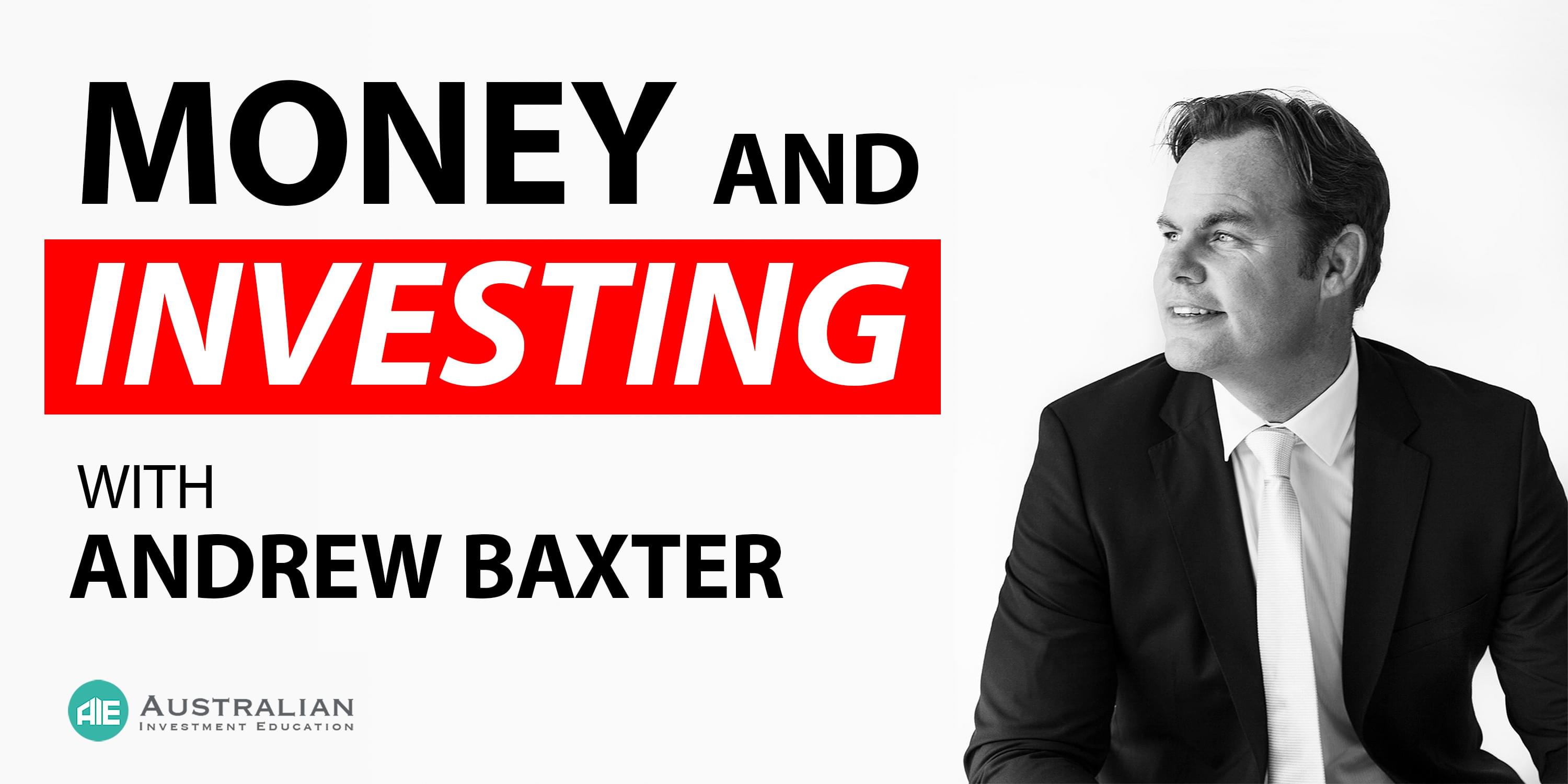Options trading and derivatives are powerful financial instruments that provide investors with unique opportunities to manage risk, enhance returns, and speculate on market movements. These sophisticated investment vehicles allow traders to leverage their capital and benefit from price fluctuations in various underlying assets. In this article, we will explore the world of options trading and derivatives, discussing their characteristics, strategies, and the potential benefits and considerations they offer.
Options are derivative contracts that give investors the right, but not the obligation, to buy or sell an underlying asset at a predetermined price within a specific timeframe. The underlying asset can range from stocks and indices to commodities and currencies. There are two primary types of options: call options, which provide the right to buy the underlying asset, and put options, which provide the right to sell the underlying asset.
One of the key advantages of options trading is leverage. By paying a fraction of the cost of the underlying asset, traders can control a larger position and potentially amplify their returns. This leverage, however, comes with increased risk, as options can expire worthless if the market moves against the investor’s position.
Options trading strategies can be categorized into two main approaches: hedging and speculation. Hedging involves using options to protect an existing investment portfolio from adverse price movements. For example, an investor holding a large position in a stock may purchase put options as insurance against a potential decline in the stock’s value. This strategy helps limit losses and manage risk.
On the other hand, options can be used for speculative purposes, aiming to profit from market fluctuations. Traders can employ various strategies such as buying call options to bet on rising prices (known as a bullish strategy), buying put options to profit from falling prices (known as a bearish strategy), or implementing more complex strategies like spreads, straddles, and strangles to capitalize on specific market conditions.
Derivatives, including options, are also widely used for risk management and price discovery in financial markets. Institutional investors and corporations utilize derivatives to hedge against interest rate changes, currency fluctuations, and commodity price volatility. These derivative contracts help mitigate risks associated with uncertain market conditions and stabilize cash flows.
However, it is crucial to note that options trading and derivatives come with their own set of considerations and risks. The complexity of these instruments requires a solid understanding of the underlying asset, market dynamics, and the intricacies of options pricing. Investors should carefully assess their risk tolerance and have a well-defined trading plan before venturing into options trading.
Volatility, time decay, and liquidity are essential factors to consider when trading options. Volatility influences option prices, as higher volatility typically leads to increased option premiums. Time decay refers to the erosion of an option’s value as it approaches its expiration date. Therefore, timing is crucial when trading options, and investors should be mindful of the effect of time decay on their positions. Liquidity is another vital consideration, as low liquidity can result in wider bid-ask spreads and potentially make it challenging to enter or exit trades at desired prices.
In conclusion, options trading and derivatives offer investors a diverse set of strategies to manage risk, enhance returns, and speculate on market movements. With the ability to leverage capital and benefit from price fluctuations, these financial instruments provide unique opportunities in financial markets. However, they require a solid understanding of the underlying assets, careful risk management, and thorough analysis. As with any investment, it is crucial to conduct proper research, seek professional advice if needed, and develop a disciplined approach to options trading to unlock their full potential and achieve investment objectives.

Leave a comment